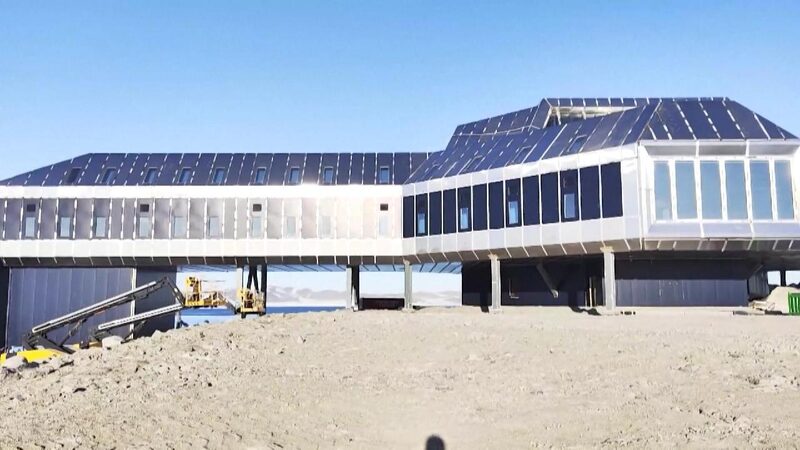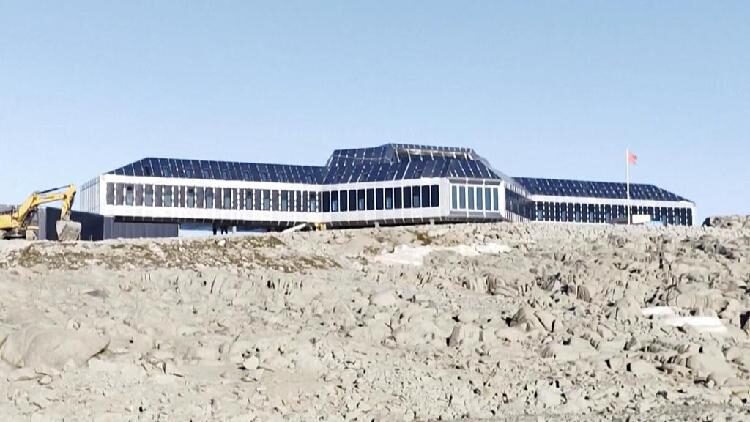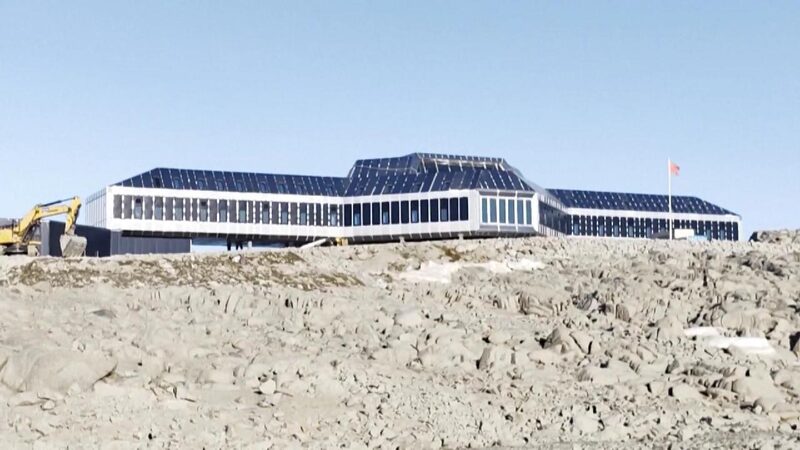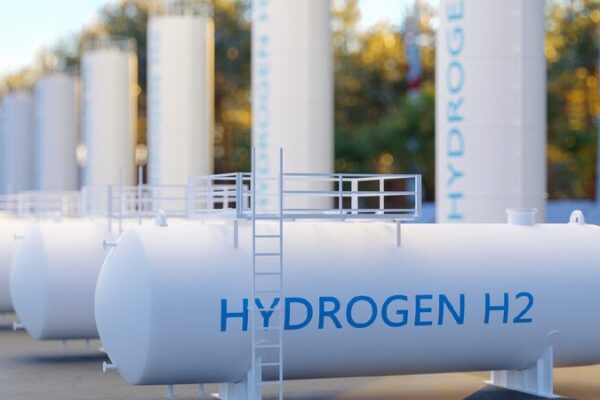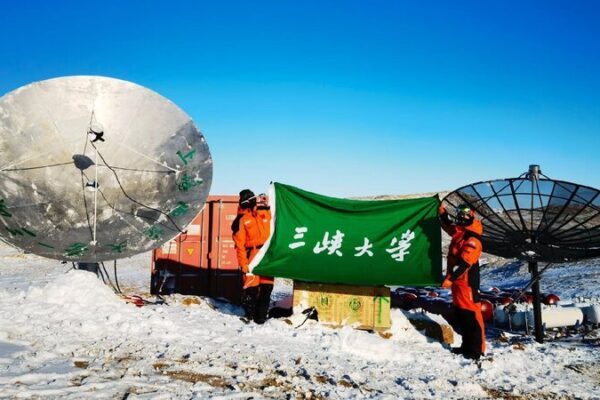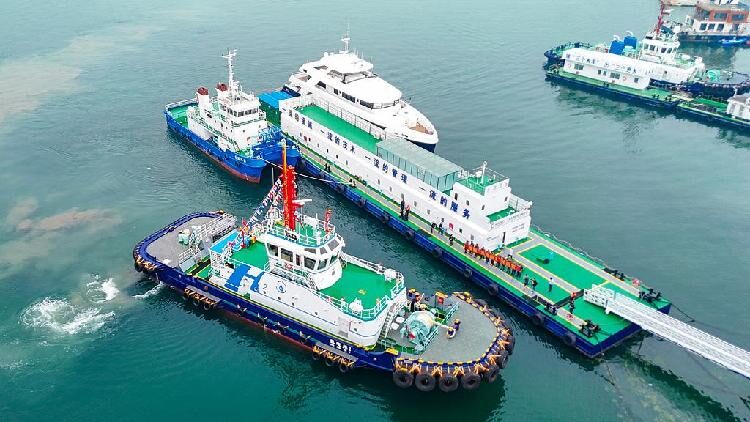China’s Qinling Station in Antarctica has taken a giant leap toward sustainability by launching a pioneering hybrid power system. In March, the station integrated wind, solar, hydrogen, and diesel energy, marking the completion of China’s first large-scale clean energy project on the icy continent.
The new system is designed to supply 60 percent of the station’s power through renewable sources, expected to cut annual fossil fuel use by over 100 tonnes. This ambitious move underscores China’s commitment to greener polar research and reducing its environmental footprint in one of the world’s most fragile ecosystems.
The station boasts 100-kilowatt wind turbines, 130-kilowatt solar panels, a 30-kilowatt hydrogen setup, and a 300-kilowatt-hour-capacity low-temperature battery, according to a member of China’s 41st Antarctic expedition team.
“This system signals a shift from fossil fuels to sustainable energy in Antarctic exploration,” said Sun Hongbin, a leading polar energy scientist and president of Taiyuan University of Technology in north China’s Shanxi Province.
The project was developed through a combination of lab simulations, real-environment tests, and on-site trials in the university’s polar environment clean energy lab. Researchers replicated Antarctica’s extreme conditions: temperatures plummeting to minus 50 degrees Celsius and winds reaching 60 meters per second. They even simulated living quarters and artificial snowstorms to ensure equipment reliability and safety.
“Extreme cold and gales are the biggest hurdles. Lab simulations improve equipment reliability and safety,” explained Dou Yinke, dean of the university’s school of electrical and power engineering.
During periods without wind or sunlight, the system can power the station’s maximum load of 150 kilowatts for two and a half hours. The hydrogen units can provide 30 kilowatts of continuous electricity for 14 days during the long polar nights.
Sun emphasized the dual benefits of the new system: significantly reduced costs and enhanced protection for Antarctica’s delicate environment. “It’s not just about cutting expenses; it’s about preserving this unique ecosystem for future generations,” he said.
Despite the technical challenges of establishing clean energy systems in such harsh conditions, Qinling Station’s achievement of a 60 percent renewable energy utilization rate is remarkable. “This sets a new benchmark for sustainable operations in polar regions,” noted Kim Yea-dong, former president of the Scientific Committee on Antarctic Research.
Opened in February 2024, Qinling Station is China’s fifth Antarctic base. Plans are underway to replicate this clean energy model at other polar stations and adapt it for use in other extreme environments around the world.
Reference(s):
China's Antarctic station goes green with scaled new energy system
cgtn.com
